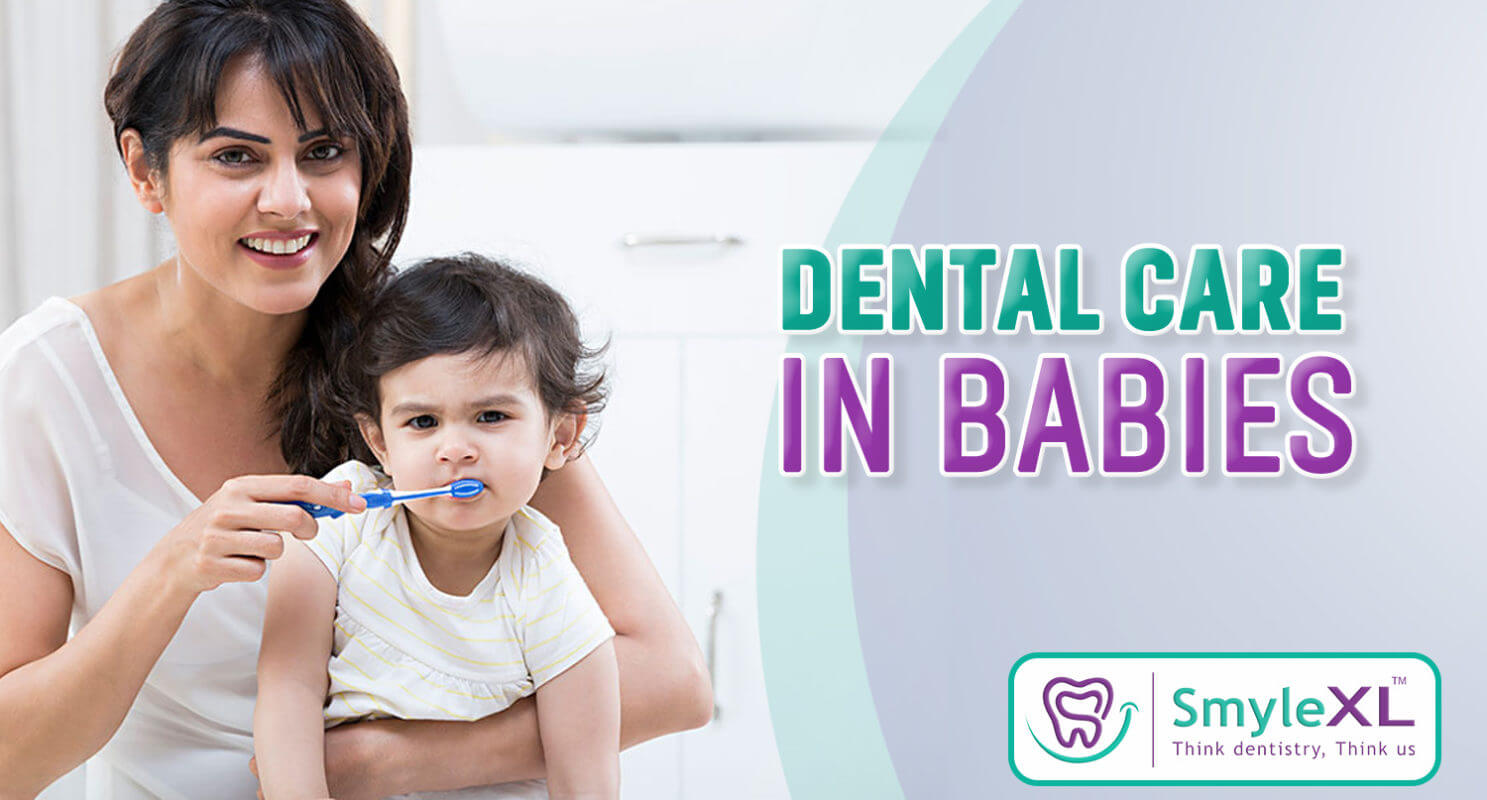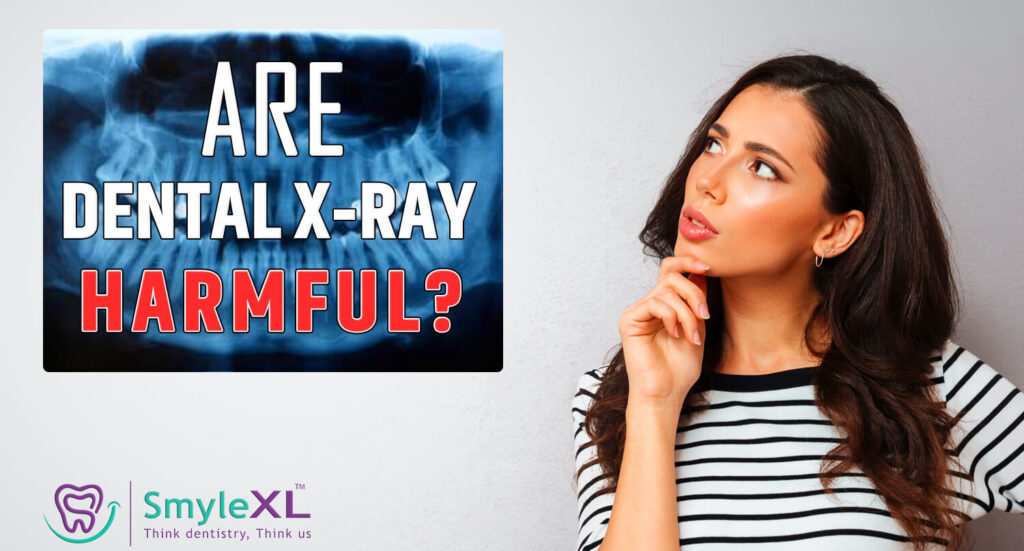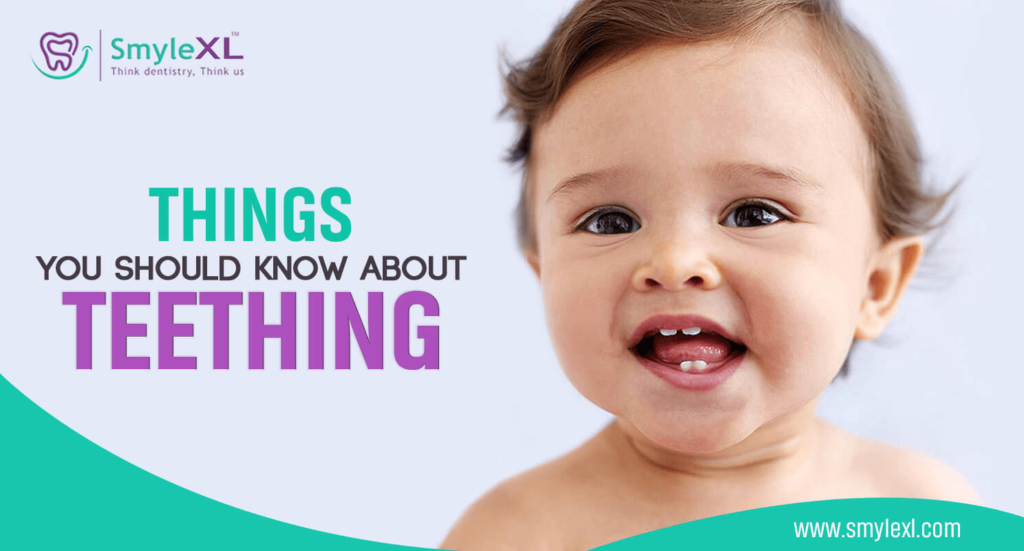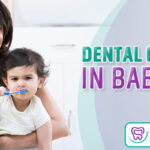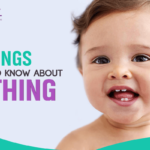Baby teeth develop while babies are still in the womb. Newborns have a full set of 20 baby teeth hidden in their gums.For most babies, teeth begin to appear between 6 and 10 months
So question is How and when you should take care of babies teeth and gums.
Birth to six months of age
- It is important to care for your child’s teeth and oral health from birth.
- Practising healthy habits can prevent or reduce tooth decay (cavities) in infants and children.
- Dental care for baby teeth can start before your baby’s first tooth appears. A couple of times a day, you can gently wipe your baby’s gums using a clean damp cloth ,cotton or gauze. This helps your baby get ready for brushing when the first tooth arrives.
- Never do feeding while asleep. When your baby is sleeping , there’s less saliva in his mouth to protect his teeth. If your baby falls asleep with a bottle milk might slowly drip into your baby’s mouth and soak his teeth. sugar and carbohydrate in this puts him at risk of tooth decay leading to nursing bottle caries. So after every feeding gently wipe baby’s gums.
6-12 months
- Infants normally begin teething between four and six months of age. His/her gums may be red and swollen and saliva flow may increase. To ease these symptoms, give your infant a clean teething ring or cold wet washcloth. Cold temperatures are soothing, so you may want to chill the teething ring.
- Continue to clean your infant’s gums after feeding. As soon as teeth arrive, you can clean them twice a day – in the morning and before bed. You can start with a finger brush, and gradually shift to small, soft toothbrush designed for children . If your baby doesn’t like the toothbrush in her mouth, keep using the cotton or gauze to wipe the front and back of each of your baby’s teeth.
12- 18 months
- Use only water on the toothbrush until your baby is 18 months old, unless a dentist tells you to do something else.
- If your baby doesn’t like having her teeth brushed, you could try make brushing more fun by singing songs or letting your baby play with a toy. Even a quick attempt at brushing is better than nothing, so your child starts to learn that brushing is a normal part of her daily routine
- Regularly, lift your child’s lips to check for any small white or brown spots on his/her teeth. these white or brown spots, may indicate dental decay (cavities).
This is the right time to Schedule first dental appointment of baby for Checkup.
18 months to age 5:
- By 30 months of age, all of the primary teeth should have come into the mouth. At age of 2 use a toothbrush with a smear (size of a grain of rice) of fluoride toothpaste. Brush your child’s teeth in the morning and especially at bedtime. Once your child turns 3, brush your child’s teeth using a “pea-sized” amount of fluoride toothpaste on a soft child’s toothbrush.
- Teach your child to spit out the toothpaste. Observe to insure that your child does not swallow the toothpaste.
- Begin to teach your child how to brush his/her teeth. Generally, children will need help with brushing until they have the hand coordination to clean their own teeth effectively. Children should be able to brush unsupervised by the age of six or seven.
- By age 3, most toddlers should have stopped using the pacifier and/or sucking his/her thumb.
Talk with your dentist if your child still have these habits.
Below are few steps which may help you to brush or clean your baby’s mouth.
The best way to clean your baby’s teeth
1. Position your baby so you can see his mouth, and he feels secure. It might help to sit on a bed or the floor with your baby lying down so that his head is on your lap.
2. Cup your baby’s chin in your hands, with her head resting against your body.
3. Lift your baby’s lip to clean his teeth using soft, circular motions.
4. Make sure you spend time on the front and back of each tooth and also the gum line.
5. Store the toothbrush upright in an open container to allow it to air-dry.
6. Once multiple teeth are present, you can start flossing, to remove debris that can get stuck between adjacent teeth.
Although these baby teeth fall out in time, it’s important to take good care of them so they don’t fall out prematurely. Healthy baby teeth mark the space where the permanent teeth will reside, while helping your child learn to chew and pronounce words properly.
-until the next time
SmyleXL

